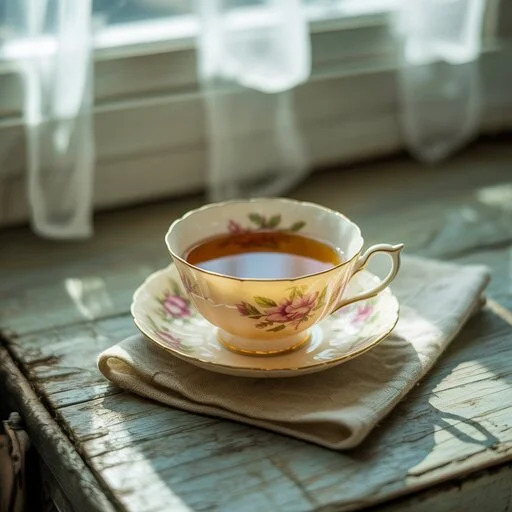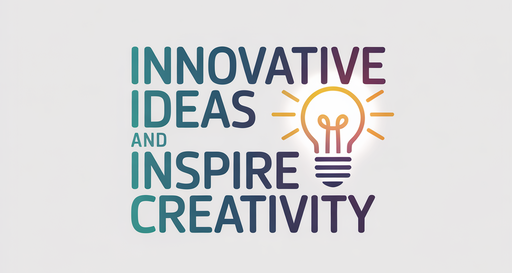The Beige Aesthetic: A Guide to Timeless Minimalist Style
The beige aesthetic has taken the worlds of interior design, fashion, and digital content creation by storm, offering a serene, minimalist, and timeless approach to style. Characterized by neutral tones, natural textures, and clean lines, this aesthetic creates calming, sophisticated spaces and looks that resonate with modern sensibilities. In this article, we’ll explore what the beige aesthetic is, its core elements, how to incorporate it into your life, and why it’s a trend that’s here to stay.
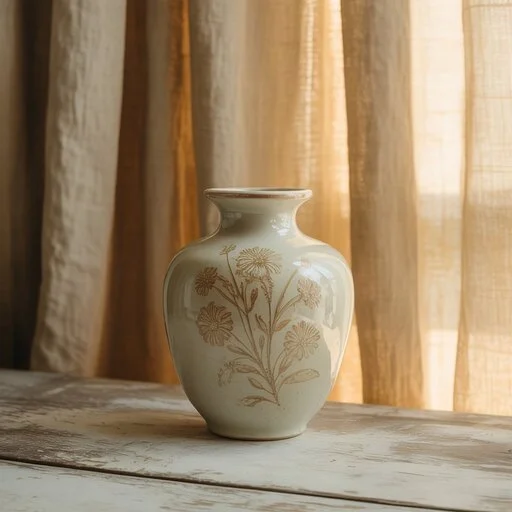
Whether you’re redesigning your home, curating a wardrobe, or crafting a cohesive social media presence, this guide will help you master the beige aesthetic.
What is the Beige Aesthetic?
The beige aesthetic is a design philosophy centered on a neutral color palette, including shades like beige, cream, taupe, ivory, and soft whites. Unlike stark minimalism, which can feel cold, the beige aesthetic exudes warmth and elegance through organic materials, soft textures, and a focus on comfort. Drawing inspiration from Scandinavian design, Japandi (a fusion of Japanese and Scandinavian styles), and mid-century modern influences, it prioritizes simplicity, functionality, and understated luxury.
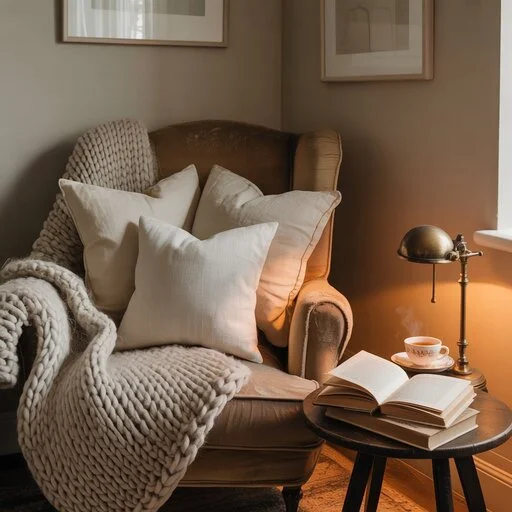
This aesthetic appeals to those seeking a clutter-free, calming environment that feels effortlessly curated. Its versatility makes it ideal for home decor, fashion, and digital spaces like Instagram or Pinterest, where cohesive, neutral-toned visuals thrive.
Key Elements of the Beige Aesthetic
To fully embrace the beige aesthetic, incorporate these essential components:
Neutral Color Palette
The foundation of the beige aesthetic is its soothing color scheme. Shades like oatmeal, sand, ecru, and warm grays create a cohesive, tranquil vibe. In interiors, opt for beige or off-white walls paired with furniture in complementary tones. In fashion, monochromatic outfits in cream or taupe exude timeless elegance. Subtle accents like muted greens or terracotta can add depth without disrupting the neutral harmony.
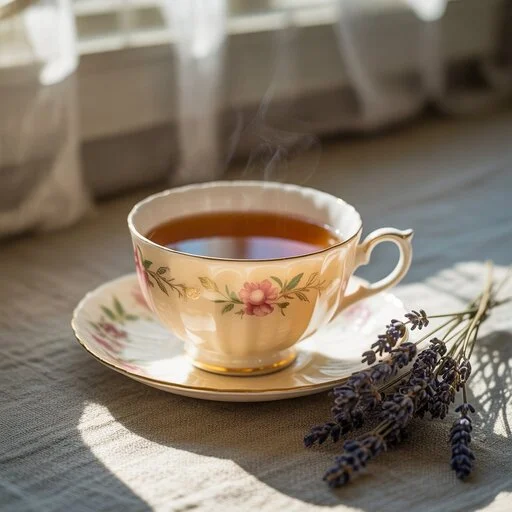
Natural Materials
Natural textures are central to the beige aesthetic. Incorporate materials like linen, wool, rattan, wood, and stone to add warmth and authenticity. For example, linen curtains, a wooden coffee table, or a jute rug bring organic charm to a living space. In fashion, linen dresses or wool coats align with this aesthetic’s earthy appeal.
Minimalist Design
The beige aesthetic embraces the “less is more” philosophy. Clean lines, uncluttered spaces, and functional furniture define the look. Think low-profile sofas, sleek wooden shelving, or mid-century-inspired armchairs. Every piece should serve a purpose, creating an airy, open atmosphere that feels both modern and timeless.
Soft Textures
Texture adds depth to the neutral palette. Plush rugs, shearling cushions, knitted throws, and soft upholstery create a cozy, inviting feel. In fashion, layering textures like silk scarves with cashmere sweaters elevates the aesthetic. These elements ensure the space or outfit feels dynamic rather than flat.
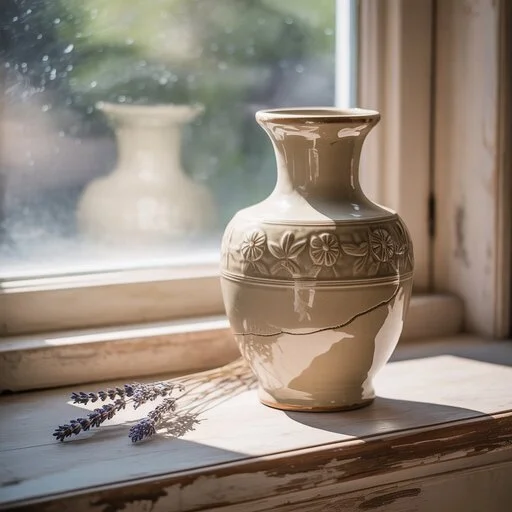
Natural Light
Lighting is crucial to the beige aesthetic. Large windows, sheer curtains, and mirrors maximize natural light, enhancing the warmth of neutral tones. In the evening, soft lighting from ceramic lamps or woven pendants maintains the cozy ambiance. For digital content, well-lit photos with warm filters capture the aesthetic’s essence.
How to Incorporate the Beige Aesthetic
In Interior Design
Transform your home with the beige aesthetic by starting with a neutral base. Paint walls in warm beige or cream, and choose furniture in matching tones. Opt for natural materials like a rattan headboard, linen bedding, or a wooden dining table. Add texture with a chunky knit throw or a woven rug, and keep decor minimal—think a single ceramic vase or a pampas grass arrangement. Brands like West Elm, CB2, and IKEA offer pieces that align with this aesthetic.
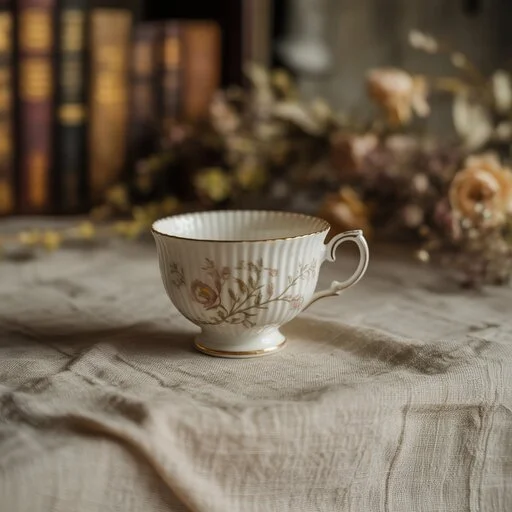
In Fashion
Build a beige aesthetic wardrobe with timeless, versatile pieces. Invest in a camel trench coat, cream knit sweater, taupe trousers, or white sneakers. Layer textures—pair a linen blouse with a wool blazer for a polished yet relaxed look. Accessories like woven bags or minimalist gold jewelry complete the aesthetic. Brands like The Row, COS, and Everlane excel in neutral, minimalist fashion.
In Digital Spaces
The beige aesthetic shines on platforms like Instagram and Pinterest. Curate a feed with neutral-toned images—think coffee cups on wooden tables, cream-colored books, or sunlit rooms. Use editing tools like VSCO or Lightroom to apply warm, soft filters, and maintain clean compositions with ample negative space. Hashtags like #BeigeAesthetic, #NeutralTones, and #MinimalistStyle can boost visibility and engagement.
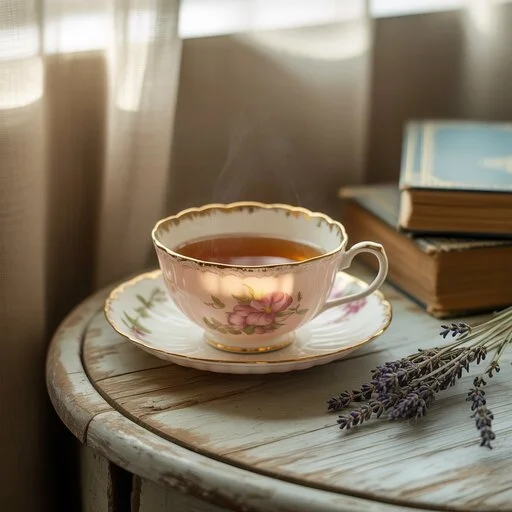
Why the Beige Aesthetic Resonates in 2025
The beige aesthetic aligns with the growing desire for mindfulness, simplicity, and sustainability. In a world of constant stimulation, its calming tones and minimalist ethos offer a visual escape. It’s also highly adaptable, blending seamlessly with other trends like bohemian or modern farmhouse styles. As search trends show increased interest in “minimalist home decor” and “neutral fashion,” the beige aesthetic remains a staple for those seeking timeless elegance.
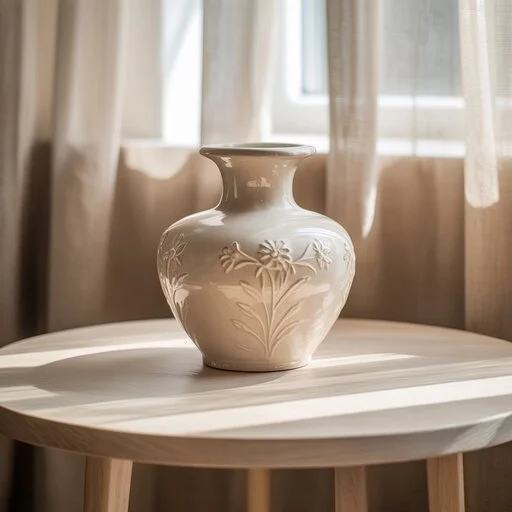
Moreover, its emphasis on natural materials and decluttered spaces resonates with eco-conscious consumers, making it a sustainable choice. Posts on X highlight its popularity, with users sharing beige-inspired mood boards and styling tips, reflecting its cultural relevance.
Conclusion
The beige aesthetic is more than a trend—it’s a lifestyle choice that celebrates simplicity, elegance, and tranquility. Whether you’re redesigning your home, refreshing your wardrobe, or curating a digital presence, this aesthetic offers endless possibilities to create spaces and looks that feel both modern and timeless. By incorporating neutral tones, natural materials, and minimalist design, you can embrace the beige aesthetic and make it your own. Start today, and let the calming power of beige transform your world.
